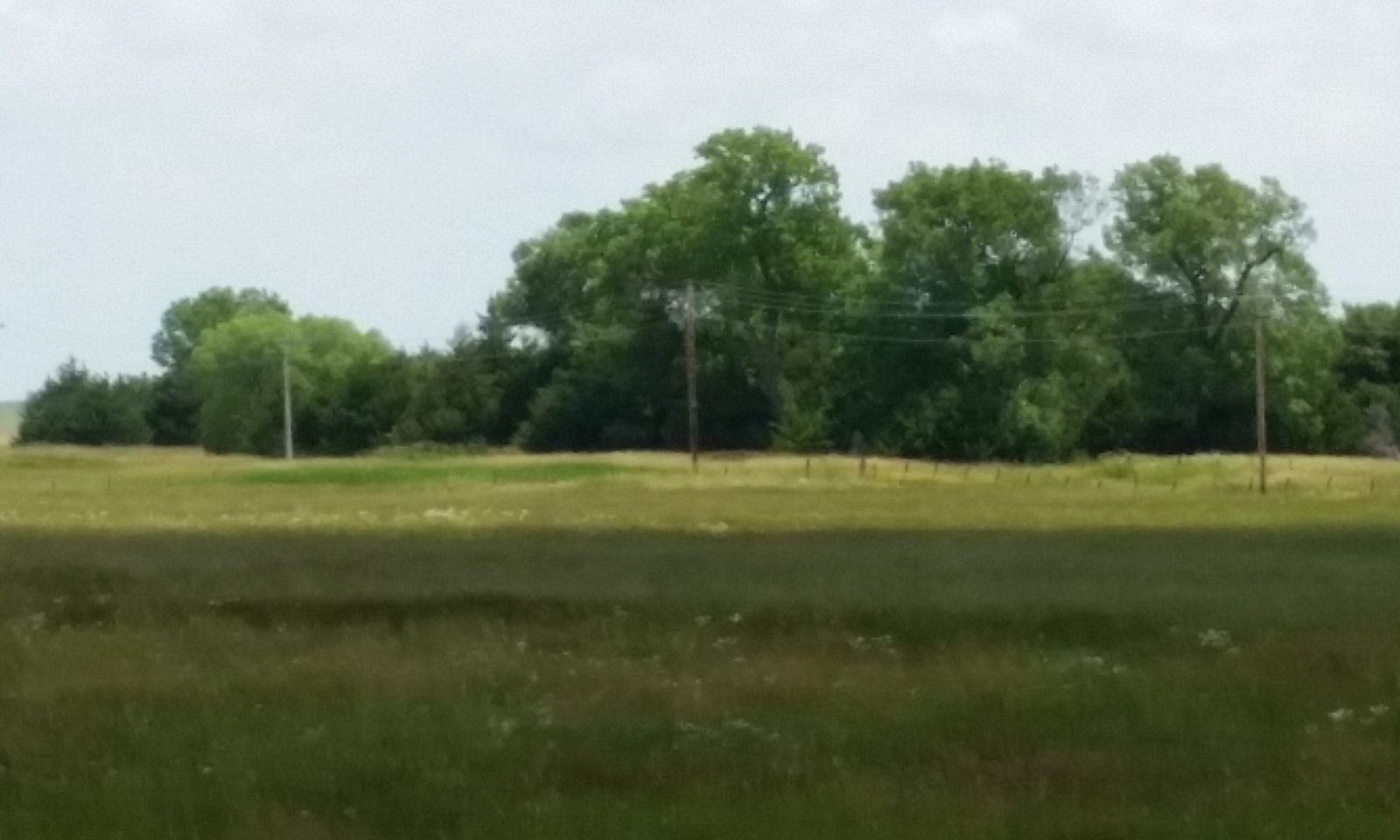
Wet Land
Scenario model
Current ecosystem state
Select a state
Management practices/drivers
Select a transition or restoration pathway
-
Transition T1A
Mechanical alteration to lower the water table on the site.
More details -
No transition or restoration pathway between the selected states has been described
Target ecosystem state
Select a state
Description
The Reference State (1) describes the range of vegetative communities that occur on the Wet Land ecological site where the range of natural variability under historic conditions and disturbance regimes is mostly intact. The Reference State developed under the combined influences of climatic conditions, periodic fire activity, grazing by large herbivores, and impacts from small mammals and insects. High perennial grass cover and production allows for increased soil moisture retention, vegetative production and overall soil quality.
The Reference State includes one plant community phase which is the Reference Community (1.1). The Reference Community serves as a description of the native plant community that naturally occurs on the site when the natural disturbance regimes are intact or closely mimicked by management practices.
Submodel
Description
The Mechanically Drained State (2) occurs when drainage activities, primarily ditching, are conducted to lower the water level on the Wet Land ecological site to make haying or livestock grazing feasible. These actions convert the drained area into a site resembling a Subirrigated ecological site. While the resulting vegetation is similar to that found on Subirrigated ecological sites, the soil properties and hydrologic function are different from the Subirrigated ecological site.
Submodel
Mechanism
The Reference State (1) transitions to the Mechanically Drained State (20 when the hydrology of the site is altered, usually by ditching the site. This mechanical draining lowers the water table level making haying and grazing feasible. Significant inputs are required to restore and maintain the high water table.
Model keys
Briefcase
Add ecological sites and Major Land Resource Areas to your briefcase by clicking on the briefcase (![]() ) icon wherever it occurs. Drag and drop items to reorder. Cookies are used to store briefcase items between browsing sessions. Because of this, the number of items that can be added to your briefcase is limited, and briefcase items added on one device and browser cannot be accessed from another device or browser. Users who do not wish to place cookies on their devices should not use the briefcase tool. Briefcase cookies serve no other purpose than described here and are deleted whenever browsing history is cleared.
) icon wherever it occurs. Drag and drop items to reorder. Cookies are used to store briefcase items between browsing sessions. Because of this, the number of items that can be added to your briefcase is limited, and briefcase items added on one device and browser cannot be accessed from another device or browser. Users who do not wish to place cookies on their devices should not use the briefcase tool. Briefcase cookies serve no other purpose than described here and are deleted whenever browsing history is cleared.
Ecological sites
Major Land Resource Areas
The Ecosystem Dynamics Interpretive Tool is an information system framework developed by the USDA-ARS Jornada Experimental Range, USDA Natural Resources Conservation Service, and New Mexico State University.
